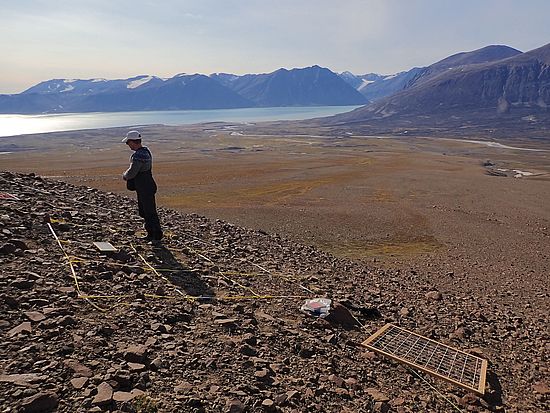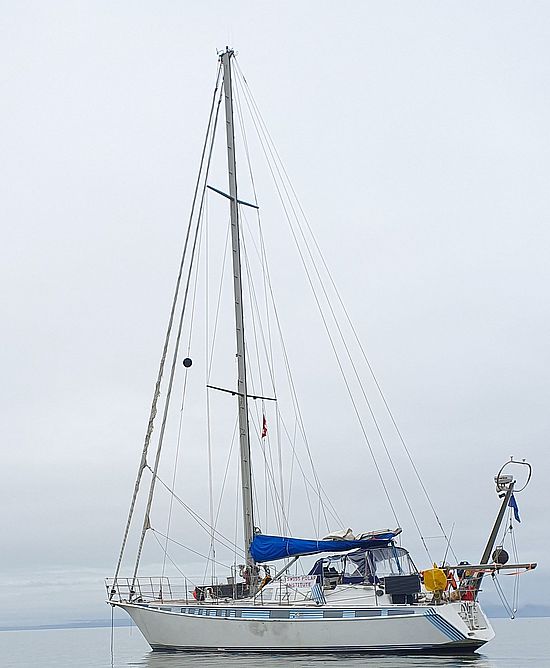
Research
Research Projects
GLORIA Zackenberg

How is climate change affecting vegetation at the outposts of plant life?
As part of the Global Observation Research Initiative in Alpine Environments GLORIA, we are conducting together with colleagues from the University of Vienna and the Alpine Botanical Garden Champex-Lac a long-term monitoring project in North-East Greenland close to the research station Zackenberg.
In this project we re-survey detailed vegetation information in permanent plots along an elevation gradient in the High Arctic, and relate the observed changes to temperature trends, soil characteristics, the soil microbiome, leaf nutrient status and plant mycorrhizal associations. The field campaign 2021 was funded by the Swiss Polar Institute.

Filling the high-Arctic gap in Europe-wide
plant re-distributions during the Anthropocene
Arctic and high-alpine ecosystems remained comparatively natural so far but are currently disproportionally affected by accelerating climate warming. Terrestrial plant species are therefore shifting their ranges to higher latitudes and elevations to track the conditions they are adapted to. It remains, however, unknown whether the velocity of these species-specific range shifts is increasing accordingly or whether they are increasingly lagging behind climatic trends. In this project, funded by the Swiss Polar Institute, we will integrate the high Arctic into a Europe-wide endeavour to address this knowledge gap together with colleagues from the University of Bergen, the Norwegian Institute of Bioeconomy Research, and the University Centre in Svalbard. In 2023, we chartered a sailing boat to re-survey vegetation plots and transects on the high-Arctic archipelago of Svalbard that were first recorded during the years 1924-1960 and re-surveyed in 2009.
Re-surveying historical vegetation records in Svalbard
To complement the project “Filling the high-Arctic gap in Europe-wide plant re-distributions during the Anthropocene”, we re-surveyed historical vegetation plots and transects around Longyearbyen in Svalbard with a similar goal in mind – to determine whether species-specific responses in range shifts are non-linear. This project was funded by the Arctic Field Grant dedicated to Sophie Weides and is conducted in cooperation with the University Center in Svalbard, the University of Bergen and the Norwegian Institute of Bioeconomy Research.
Quick Links
Social Media
